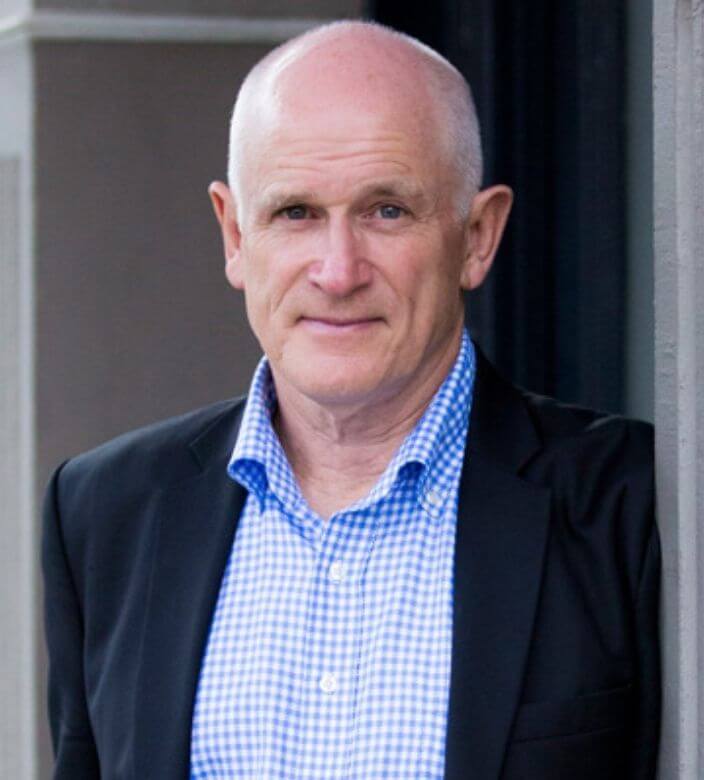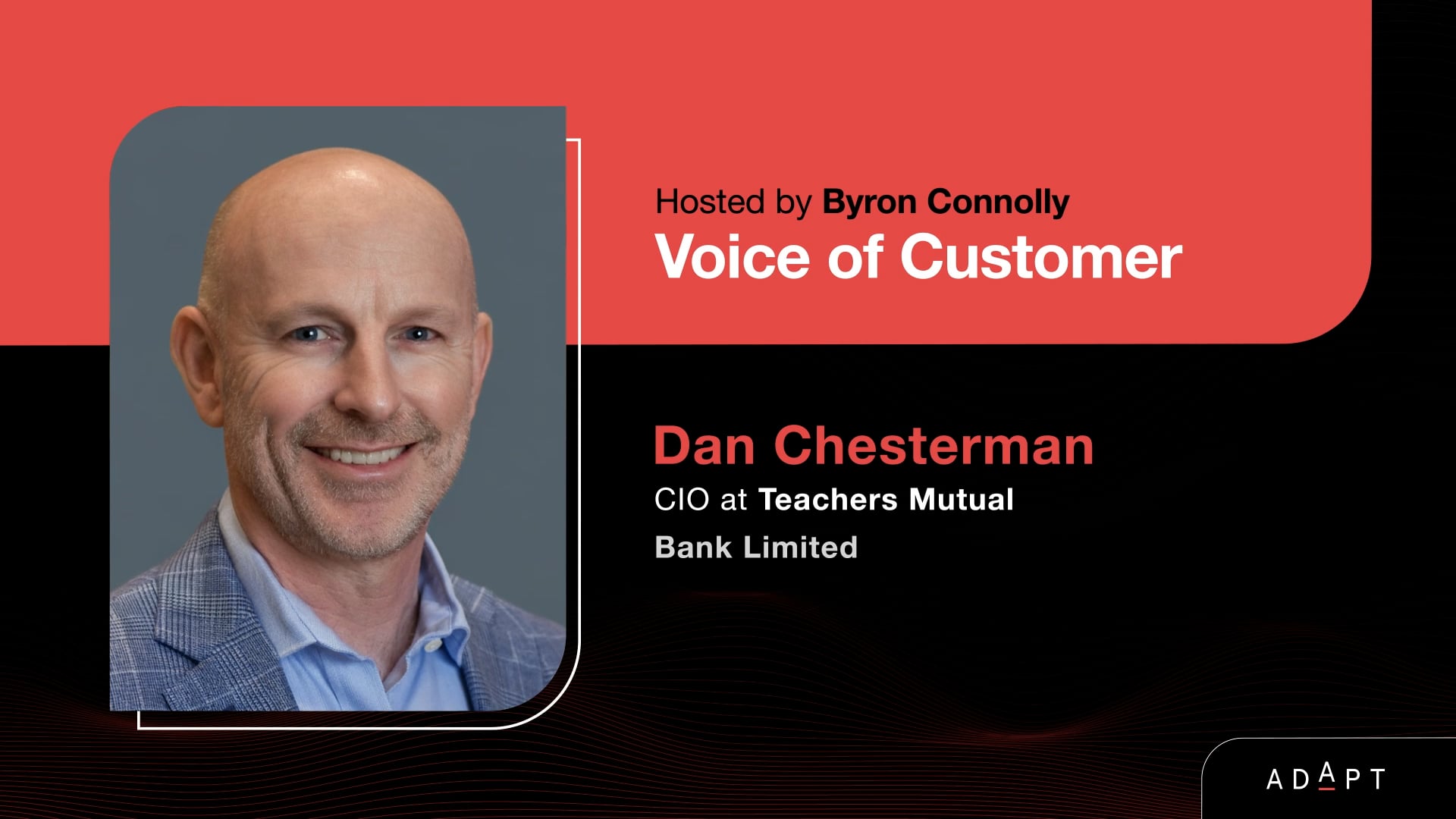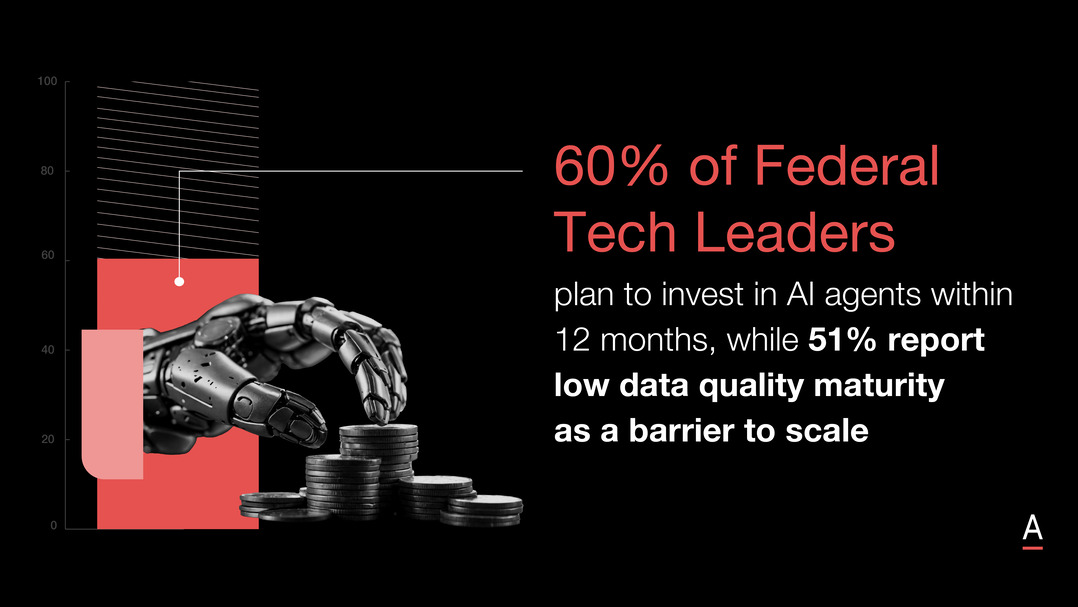Digital transformation is an ongoing journey that requires organisations to be digitally fit and agile, according to Steve Hodgkinson, the Chief Digital Officer at Victoria Police.
In a recent interview, Steve shared valuable insights into the key principles and priorities guiding digital transformation initiatives at Victoria Police.
This article delves into Steve’s recommendations, exploring the importance of digital fitness, continuous innovation, aligned financial planning, and security by design.
Join us as we uncover the strategies and challenges involved in driving digital transformation within a complex organisation like Victoria Police.
Emphasising Digital Fitness for Ongoing Transformation
Steve Hodgkinson highlights the significance of digital fitness as a crucial component of successful digital transformation.
Traditionally, organisations have treated digital initiatives as one-time events, akin to a marathon with a specific end date.
However, in the ever-evolving digital landscape, sustained transformation is the new norm. Steve stresses the need to up the speed and cadence of project delivery to meet the demands of a dynamic environment.
Digital fitness enables organisations to deliver more projects, more efficiently, over shorter time frames, ultimately fuelling continuous innovation.
Stepwise Incremental Continuous Innovation: Learning and Adapting
Rejecting the notion of sudden transformation leaps, Steve champions stepwise incremental continuous innovation as the way forward.
Large organisations thrive on learning from what works and what doesn’t.
By increasing the rate at which they learn and implementing more successful initiatives, organisations can navigate complex challenges more effectively.
This approach encourages a culture of innovation that embraces continuous improvement, minimising failures, and maximising outcomes.
Aligning Financial Planning for Effective Project Execution
To ensure successful digital transformation, Steve highlights the importance of aligning financial planning with strategic goals.
Rather than allowing dispersed activities and competing priorities to hinder progress, organisations should centralise funding.
This approach encourages planned and orchestrated processes, driven by aggregated demand.
By assigning budgets to priority projects and adopting a high cadence, agile delivery model, organisations can foster innovation and achieve meaningful outcomes.
Security by Design: Prioritising Information Security
Amid growing concerns over cyber threats and privacy risks, Steve emphasises the criticality of security by design. Victoria Police deals with sensitive information that, if compromised, could have severe consequences.
By integrating security considerations right from the beginning of the product development lifecycle, organisations can ensure that security becomes an inherent part of their digital strategy.
Establishing security patterns, architectures, and templates as the default approach enables a robust and secure environment.
Furthermore, automating security processes through DevSecOps practices ensures that speed and security go hand in hand.
Overcoming Challenges: Nurturing Digital Mojo and Confidence
Driving digital transformation is a long-term endeavour that requires nurturing digital mojo and building confidence within the organisation.
Steve acknowledges that the journey towards sustainable digital innovation takes time, spanning multiple budget cycles.
It is essential to rebuild employees’ belief in the value of digital initiatives and instil a sense of purpose.
Celebrating small wins, fostering a culture of continuous learning, and demonstrating the tangible benefits of digital transformation are vital to reigniting the digital mojo within the organisation.
Conclusion
Victoria Police’s Chief Digital Officer, Steve Hodgkinson, offers valuable insights into the path to successful digital transformation.
By prioritising digital fitness, stepwise incremental continuous innovation, aligned financial planning, and security by design, organisations can navigate the complexities of the digital landscape.
Building a resilient, sustainable, and agile approach enables organisations to achieve meaningful outcomes and maintain a competitive edge.
With the right strategies and a focus on continuous improvement, organisations can embrace the digital future and overcome the challenges that lie ahead.






























